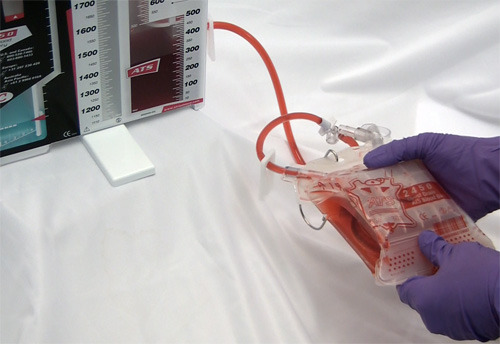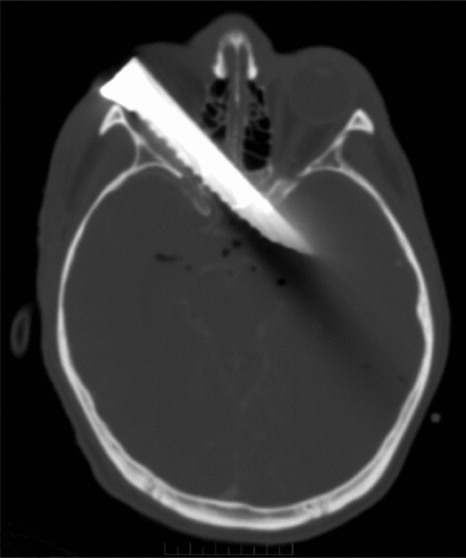I’ve written several times on the importance of getting patients off the backboard promptly in the ED, but the topic keeps coming up! Many hospitals use slide boards to facilitate patient movement on and off the ED cart when undergoing imaging studies. How should we manage the use of this device?
There is no difference between a backboard and a slide board to the patient. It’s hard and uncomfortable to lie on for any period of time, and can cause soft tissue injury. To trauma professionals in the ED it is thinner, less bulky, easier to manipulate, and does not interfere with xrays as much. We tend to pay less attention to it than a backboard. Although it does not immobilize the spine as well as a backboard does, the difference is not clinically significant (in a cooperative patient). Remember, if your patient actually has a spine fracture, they will be placed on logroll precautions on a soft mattress only somewhere in your hospital! No stiff boards of any kind!
Slide board management tips:
- Slide boards are for blunt trauma only! Patients with penetrating injury may need an upright chest xray in the ED and the board won’t flex enough.
- Insert the slide board in any patient who will be getting several diagnostic studies. For trauma activation patients, this can occur as you roll them off the backboard.
- As soon as diagnostic studies are done, remove the slide board
- If there are unforeseen delays, remove the slide board and reinsert when ready to move
- Remember that the soft tissue timer is counting down as soon as the patient is placed on a backboard or slide board
- Plan an efficient road trip through diagnostic studies for your patient. This allows you to minimize time on the board.
- Repeated logrolls onto and off of the slide board are discouraged. Every roll is an opportunity for mishap.


